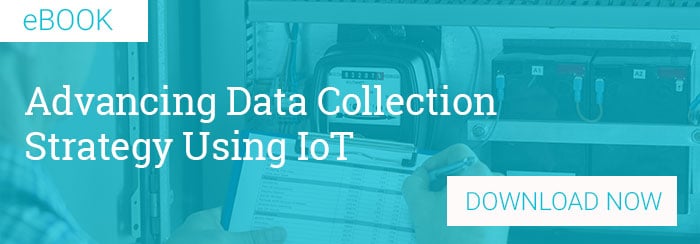Managing your building's energy once required complicated and diligent analog meter readings to understand your consumption. Fortunately, advances in technology now offer building owners and managers new ways to monitor and control their energy usage. Smart meters and wireless sensor networks enable real-time access to energy data informing facility managers how, when and where energy is being used, removing the guessing games that were once the industry standard.
Research has shown that benefits of real-time energy management are undeniable. In a recent case study conducted by the Natural Resources Defense Council (NRDC) on commercial buildings the NRDC discovered some compelling evidence to support those benefits.
Preventing Wasted Energy
While examining commercial buildings in Washington, D.C., the NRDC determined real-time energy management reduced costs by over 13%, a substantial number when you consider how much energy your building may be wasting without you even realizing it. For example, you may want to set the heat in your building to a specific temperature during the day but want to turn it down at night, in order to cut back on your energy cosumption. Unsurprisingly, your team may forget to do this each day as they get tied up with other responsibilities resulting in wasting energy heating an empty building, and you may not even realize until receiving your monthly energy bill. So what can you do?
Real-time data on your systems status can alert you to what's going on inside your building, even when you're not on site. The data can be used to power a building automation system (BAS) which could schedule your changes automatically. However, a BAS won't optimize your building as it can't analyze your current or past performance, and it may lock you into an expensive proprietary system.
System data could also be fed to an energy mangement software (EMS) which can analyze your performance and help you save money in the future. An EMS can find complex patterns between electric, water, gas consumption, weather changes,and more to identify savings opportunities and reduce the risk of energy expense over-runs.
If your mangers and stakeholders aren't ready for a robust EMS system or you're trying to develop baseline understanding of your system a simpler platform providng an easy-to-use dashboard and real-time alters may be enough to make meaninful improvements in your operations and contribute to the bottom line.
Better Rents and Tenant Occupancy Rates
The NRDC also found real-time energy management led to more fair rent prices and increased occupancy rates. If you own a commercial building that rents to businesses, using smart meters can help attract business owners who want more efficient management of their energy use.
In turn, reduced energy costs can bring rent prices down, and when your tenants pay less, they'll stick around longer. This means you can avoid having units in your building sit empty for weeks or months at a time. In addition, having real-time access to energy data saves your tenants the time and hassle of having to worry about how much energy they're consuming during business hours or remembering to turn their thermostats down before they go home.
Scoping Out Dangerous Situations
You'll also find that real-time energy management offers the invaluable benefits of being able to detect damaging or potentially dangerous problems as soon as they happen. You can receive an immediate notification of the issue, like a gas leak, cracked pipe, or broken furnace. More often than not, these problems are not detected until it is too late. Remote cloud monitoring of data through your smartphone or computer lets you know up to the second, so you can evacuate your building, if necessary, and make repairs before the problem gets worse.



